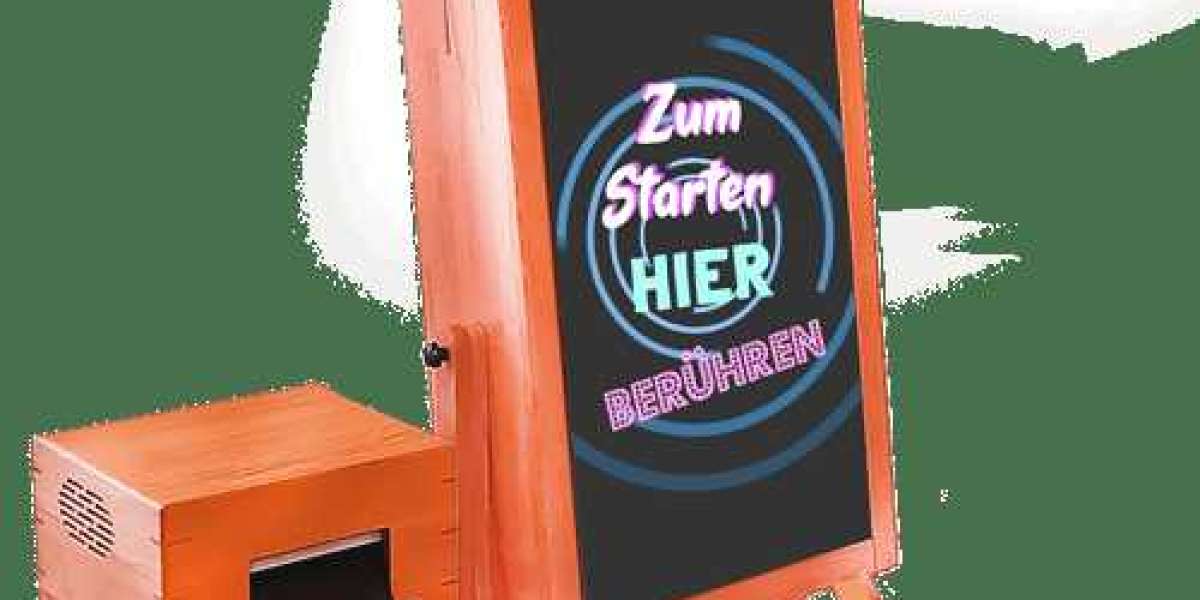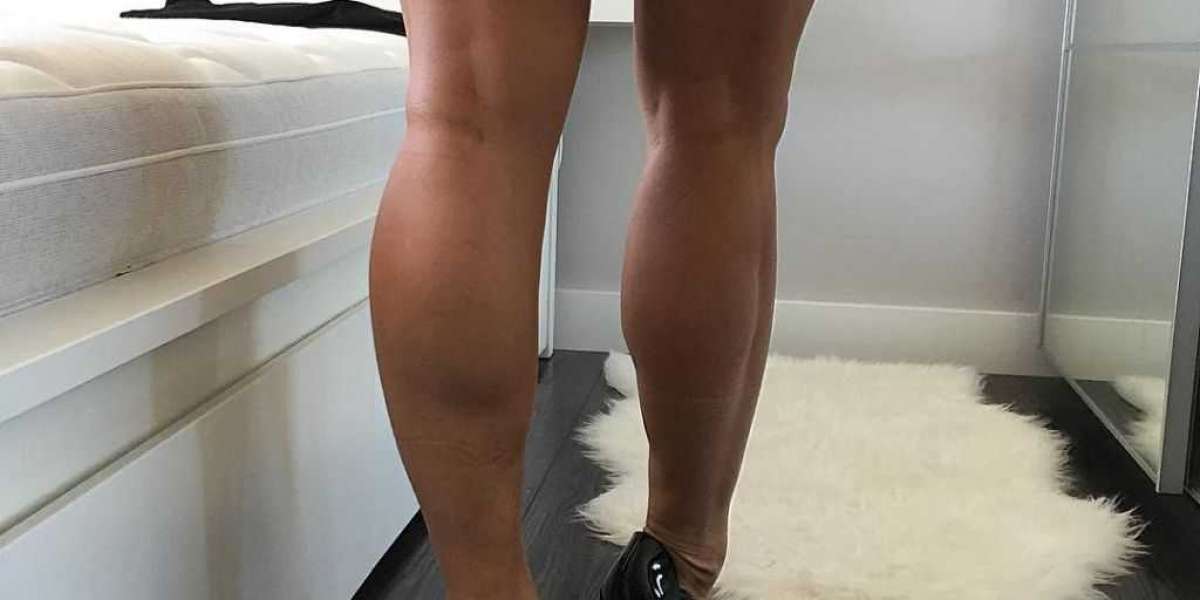Things You'll Need
Before we dive into the step-by-step guide, here are the items you may need to fix your broken LED light strips:
- Extra LED strips
- LED Shim
- Soldering Iron + Solder
- Clippers
- Heat Gun or Lighter
- Xacto Knife or Scissors
Please note that you may not need all of these items, as the issue with your LED light strips could be minor. Now let's move on to the stepwise guide.
Troubleshoot and Fix Common LED Problems
Sometimes, the problem with your LED light strips goes beyond a broken connection or faulty wiring. Here are some common LED problems you may encounter and how to troubleshoot and fix them:
Lights are not working
If none of the lights on your LED strip are working, the first thing to check is the power supply. Ensure it is plugged in, switched on, and that the output voltage matches the voltage of your LED strip (usually 12V or 24V). You can also use a multimeter to measure the voltage at the end of the strip. If the power supply is working correctly but the lights still won't turn on, you might have a problem with the controller or receiver. Try connecting the power supply directly to the strip to bypass the controller and receiver. If the lights turn on, you'll need to replace the controller or receiver. If they don't, it's time to replace the LED strip.
Lights are showing inconsistent colors
If some lights on your LED strip are displaying different colors than the rest, there may be an issue with the addressable LED or resistor. To fix this, identify the faulty section of the strip and replace it with a new one. Ensure the polarity and color order are correct and secure the connections.
Blue lights stop working
If the blue lights on your LED strip stop working, it could be due to voltage drop. Consider reducing the length of the wire or using a thicker wire with lower resistance. You can also use a voltage booster or power repeater to increase the voltage at the end of the strip. Alternatively, split the strip into shorter sections and connect them in parallel to ensure the blue lights work normally.
See More Can You Put Smart Bulbs In Ceiling Fans?
Step 1: Identify the Cause
The first step in fixing your broken LED light strip is to determine the cause. Take a close look at the strip to check for any visible flaws.
Step 2: Check the Strip and Repair
Find the area where the lights have stopped working and cut along the "cut here" line marked on the strip. Separate the problematic strip from the working strip. Make sure the new strip is parallel to the working strip and solder all four connections. Once the connections are secure, plug in the strip and switch on the lights to ensure they are working properly. If the strips had adhesive backing, remove any adhesive residue using an acetone-soaked cloth or citrus-based cleaner.
Step 3: Check the Power Supply
Calculate the power supply size required for your LED strip by multiplying the length of the strip in feet by the watts generated per foot and then multiplying by 1.2. Choose a power supply with a higher wattage rating that matches your calculated figure.
Step 4: Change the Power Supply
If your LED lights have stopped working due to overheating, consider replacing the power supply with one that has a higher wattage.
Step 5: Check the Voltage
Ensure that the power supply you choose is compatible with the voltage of your LED strip lighting. Double-check that the input and output voltage of the power supply match the requirements of your LED strip.
Step 6: Check the Connector
Loose or wrong connectors can also cause problems with LED light strips. Make sure you are using the correct connector for your LED lights. Carefully insert the strip into the connector, ensuring it is positioned correctly and securely.
Step 7: Fix the LED Strips
Insert the strip into the connector, making sure it is positioned securely beneath the ridges on both sides. Avoid using tools to force the strip into the connector.
Step 8: Test It
To test your LED lights, use a multimeter with a diode setting. Connect the multimeter's negative lead to the LED's cathode (negative) lead. The LED should illuminate if it is functional. If not, check the connections or consider replacing the LED.
Remember to cover the cut ends of waterproof LED light strips with end caps to protect them from water.
See More Will My Smart Bulb Waste Energy By Always Being On?







